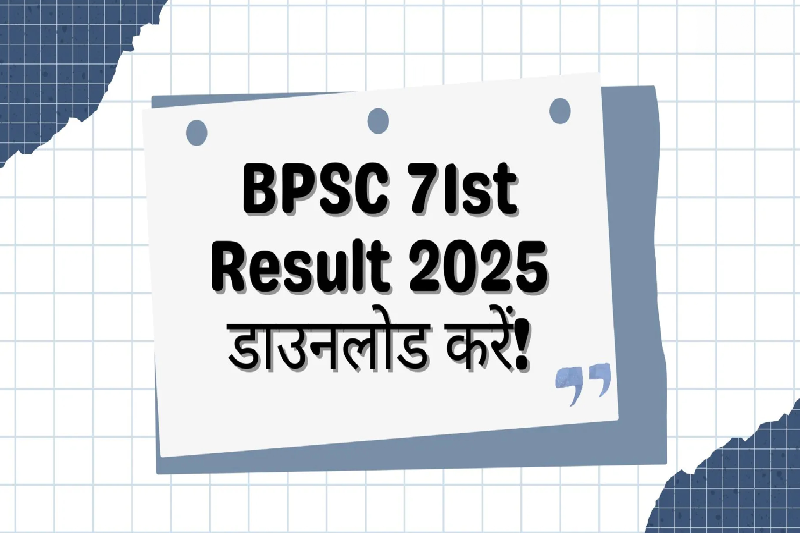
How IIT Bombay’s Hyperlocal Forecasting System Helps Mumbai Tackle Floods
Mumbai, India’s financial capital, is no stranger to the havoc caused by heavy monsoons and flooding. The city has increasingly turned to advanced forecasting tools to mitigate these challenges in recent years. During the latest spell of torrential rain, the Brihanmumbai Municipal Corporation (BMC) leaned on multiple sources for accurate updates—not just the India Meteorological Department (IMD). Among the most impactful has been the hyperlocal forecasting and flood monitoring system developed by the Indian Institute of Technology Bombay (IITB). This innovative tool redefines how civic authorities prepare for and respond to flooding in real-time.
IIT Bombay’s Flood Forecasting Model
Students, faculty, and staff at IIT Bombay’s Centre for Climate Studies (CCS) created the rainfall forecasting and flood monitoring system. It operates through the dedicated portal mumbaiflood. In the Mumbai Flood App, both provide near-real-time rainfall and waterlogging information. This system was designed under the HDFC-ERGO IIT Bombay (HE-IITB) Innovation Lab, with financial support from HDFC ERGO. It is a collaborative initiative involving the BMC Centre for Municipal Capacity Building and Research (MCMCR) and the Regional Meteorological Centre (RMC), Mumbai, under the IMD.
According to Subimal Ghosh, Head of CCS at IIT Bombay, the system delivers two critical forecasts: daily rainfall predictions and 90-minute forecasts of reflectivity—an indirect but highly reliable indicator of cloud density and rainfall. By making such granular data available, the system empowers civic teams to make quicker, more informed decisions.
Hyperlocal Insights for Better Civic Response
One of the key advantages of the IITB system is its ability to provide hyperlocal forecasts, which go beyond broad city-level warnings. For instance, on August 19, when IMD had already issued a red alert for Mumbai, the BMC storm water drain (SWD) teams received more detailed insights from Mumbaiflood. This allowed for more targeted responses in flood-prone areas.
Additional Municipal Commissioner Abhijit Bangar acknowledged the importance of these hyperlocal updates, stating that they greatly assisted the SWD teams in managing stormwater during the peak of heavy downpours. By identifying local vulnerabilities in near real-time, BMC’s flood management became more precise and effective.
A Collaborative Innovation
The system is an outcome of academia-industry-government collaboration. IITB’s research expertise, HDFC ERGO’s funding support, and the BMC’s institutional backing created a model that serves immediate disaster management needs and long-term urban resilience.
Interestingly, Puja Tripathy, a PhD student at CCS, developed the daily forecast algorithm, highlighting how young researchers play a critical role in building cutting-edge climate solutions. Furthermore, the forecasting model is also installed at IMD’s Mumbai office, ensuring alignment and synergy between the national forecasting agency and local civic efforts.
Features of the MumbaiFlood.in Portal
The portal is designed to provide multi-layered valuable information to both civic authorities and the general public:
- Daily Rainfall Forecasts: Allowing planning for high-intensity rainfall events.
- 90-Minute Reflectivity Forecasts: Offering short-term predictions to manage sudden bursts of rain.
- Transport Stress Page: Displaying real-time updates on railway stations under stress, enabling better commuter planning and crowd management.
This layered approach provides decision-makers with both broad forecasts and actionable micro-level details.
BMC Expands Forecasting Partnerships
In addition to collaborating with IITB, the BMC has recently initiated a new partnership with Skymet Weather, a private forecasting agency. This move aims to strengthen the city’s disaster preparedness network further. Civic sources confirmed that the proposal was approved last week after a prolonged wait, and a Memorandum of Understanding (MoU) will soon be signed. Once formalized, Skymet’s forecasts will be officially integrated into Mumbai’s disaster management system alongside IMD and IITB inputs.
By consolidating forecasts from multiple sources—government, academic, and private—the BMC hopes to enhance accuracy and redundancy in its disaster management strategy.
The Broader Impact on Mumbai’s Resilience
Mumbai’s reliance on IITB’s hyperlocal flood forecasting marks a shift in how urban centers approach climate resilience. Rather than depending on a single national-level bulletin, the city is now building a layered ecosystem of predictive tools. This ensures better risk anticipation, improved preparedness, and, ultimately, reduced damage to life and infrastructure.
The collaboration also highlights the role of innovation and research in addressing urban challenges. With climate change increasing the frequency and intensity of extreme weather events, such models are becoming indispensable for cities worldwide. Mumbai’s adoption of IITB’s model could serve as a blueprint for other metropolitan regions facing similar flooding challenges.
Conclusion
The recent rains in Mumbai demonstrated the value of IIT Bombay’s hyperlocal flood forecasting system in strengthening the city’s response to flooding. By delivering accurate, near-real-time data, the system has allowed the BMC to act more precisely, protect vulnerable infrastructure, and improve commuter safety. With the integration of private forecasts from Skymet alongside IMD and IITB data, Mumbai is moving toward a multi-source, resilient disaster management framework.
As climate unpredictability grows, innovations like Mumbaiflood not only safeguard cities against immediate crises but also pave the way for smarter, more adaptive urban planning. Mumbai’s example shows how collaboration between academia, government, and private players can deliver impactful solutions for one of the world’s most pressing challenges: urban flooding.



